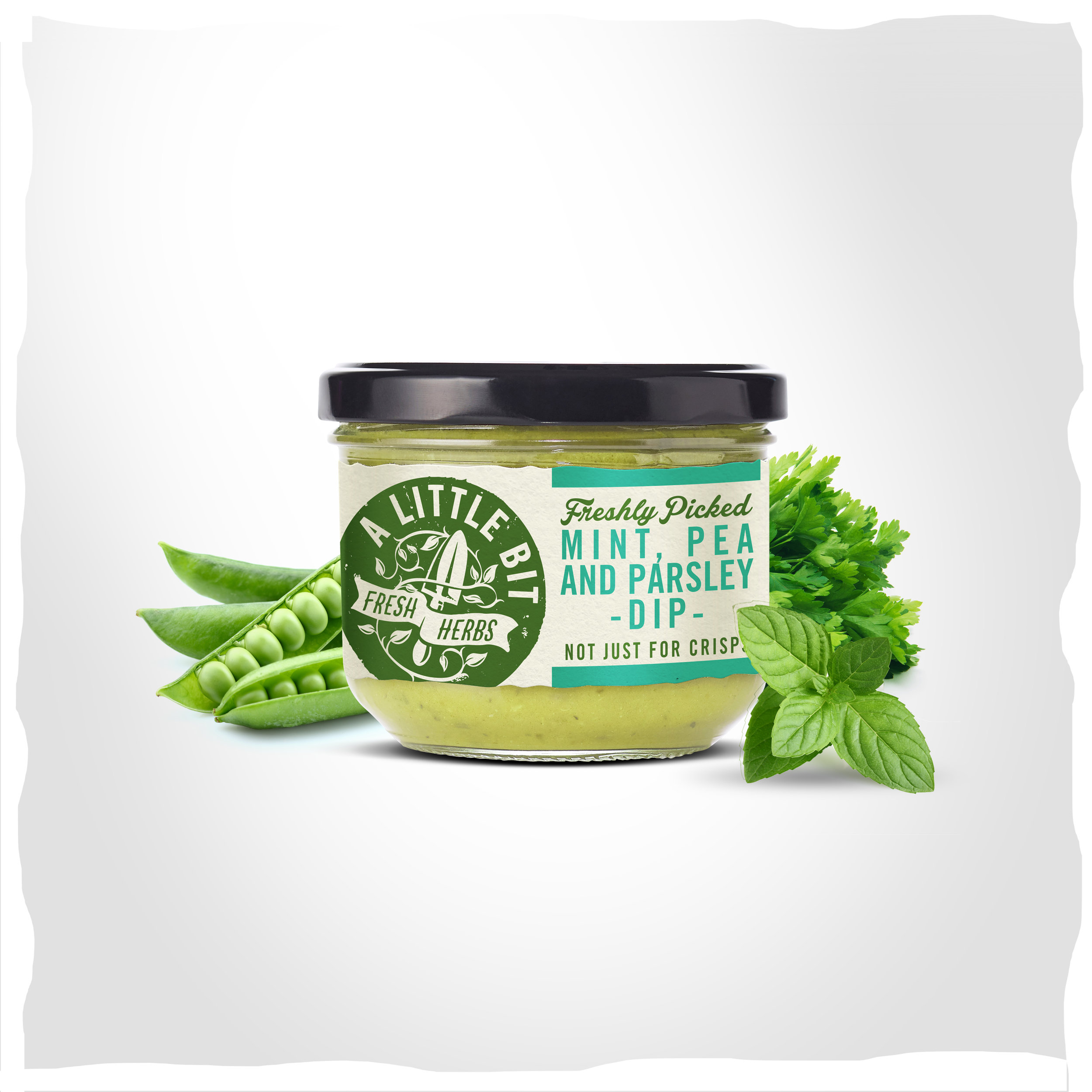Most of us are familiar with lavender for its fragrant purple flowers that make it popular as an ornamental plant as well as a common ingredient in essential oils. But did you know that lavender also has numerous culinary uses, both sweet and savoury? Cooking with lavender was once common practice, but it seems to have fallen out of favour in recent decades. We'd like you to rethink lavender as not just a component of potpourri or your favourite hand soap, but as a versatile herb that can bring a distinct flavour to all kinds of dishes.
We're particularly lucky here in the UK as English lavender is more suited to cooking than the popular varieties found in France. English lavender is more subtle and less pungent, so perhaps not as ideal for making linen lavender sachets for your clothes drawer, but great for use in sweet and savoury cooking. You can now buy culinary lavender ready dried but it's also very easy to grow and dry your own lavender for use in the kitchen!
How to grow lavender
Lavender is very easy to grow and thrives even in poor soil. Your best bet is to buy a pot of lavender at your local garden center then plant at home either in a container or in the soil. Give your lavender plenty of space to thrive by growing in a large 30-40cm pot or about 60cm apart in soil. If growing in a pot, use multipurpose compost mixed with some extra coarse grit to improve the drainage. Water regularly in the summer but you can keep it dryer in winter.
Lavender is best planted in Spring when the soil is warming up. Expect flowers to appear during the summer months, peaking in late August.
How to dry your own lavender
It's easy to dry your own lavender at home. Pick the lavender when it has just flowered - cut just above the leaves so you have a good long stem. Don't worry about damaging the plant - you're actually doing a good thing by pruning the plant and encouraging even more lovely lavender growth! Use string or rubber bands to tied the lavender together in bunches of six stalks. Hang upside down in a warm dry place. It can take about a month for the lavender to dry fully so be patient! Once dry you can easily run your fingers down the stalks to remove the dried flowers. Store in an airtight container, ready for use in your favourite recipes.
Here's a few lavender recipe ideas to get you started...
Lavender Baking Recipes
We've been inspired to bake with lavender ever since we tucked into this beautiful lavender cake at The Herb Farm on Sonning Common in Berkshire. Here's a few delicious lavender cakes and other bakes to try at home...
Our own recipe for Lavender Oat Cookies
Diana Henry's Easy Lemon & Lavender Cake
Rosana McPhee's Apple, Lavender, and Brown Butter Tart
Cotswold Lavender's Lavender Flapjacks
Ottolenghi's Apricot, Walnut, and Lavender Cake
Savoury lavender recipes
We love Sudi Pigott's idea for making lavender salt:
Use about one part flowers (ensure they are absolutely dry) to 10 parts coarse sea salt and grind in a spice mill or with a pestle and mortar. Add a refreshingly unexpected flavour to new potatoes by tossing in butter and lavender salt or use to season duck breasts before grilling.
Here's a few more savoury lavender recipes that caught our attention:
Marcus Wareing's Honey Baked Feta with Lavender, Thyme, and Rye Crisps
Pascal Aussignac's Scallops with Pickled Blueberries and Lavender
Serious Eats' Lavender, Honey, and Lemon Spatchcocked Roast Chicken
More sweet lavender recipes
Do you have any great lavender recipes we should know about? Let us know in the comments!


















